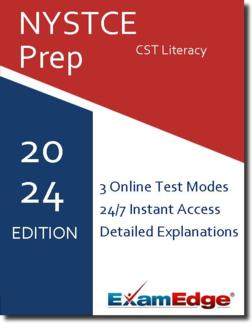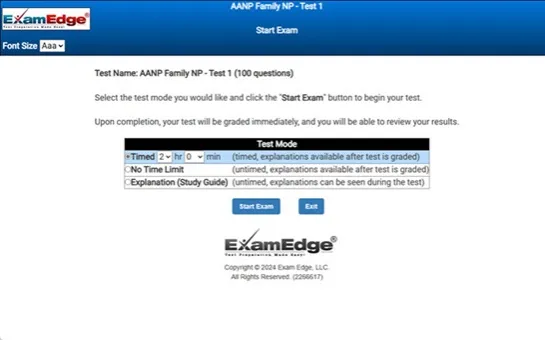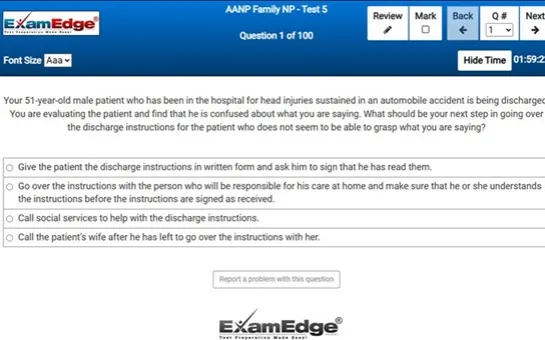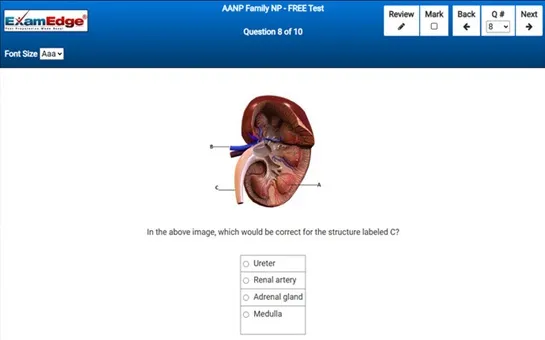NYSTCE CST Literacy (065) Practice Tests & Test Prep by Exam Edge - Topics
** Sample images, content may not apply to your exam **
Understanding what is on the NYSTCE CST Literacy exam is crucial step in preparing for the exam. You will need to have an understanding of the testing domain (topics covered) to be sure you are studying the correct information.
- Directs your study efforts toward the most relevant areas.
- Ensures efficient and adequate preparation.
- Helps identify strengths and weaknesses.
- Allows for a focused approach to address gaps in understanding.
- Aligns your preparation with the exam's expectations.
- Increases the likelihood of success.
- Keeps you informed about your field's current demands and standards.
Not ready to purchase our complete practice tests yet? Start with a NYSTCE CST Literacy FREE Practice Test first!
Understanding the exact breakdown of the NYSTCE CST Literacy test will help you know what to expect and how to most effectively prepare. The NYSTCE CST Literacy has 90 multiple-choice questions and 1 essay questions. The exam will be broken down into the sections below:
| NYSTCE CST Literacy Exam Blueprint | ||
|---|---|---|
| Domain Name | % | Number of Questions |
| Foundations of Language and Literacy Development | 09% | 8 |
| Foundations of Literacy Instruction and Assessment | 15% | 14 |
| Role of the Literacy Professional | 07% | 6 |
| Reading & Writing: Foundational Skills | 13% | 12 |
| Text Complexity and Text Comprehension | 14% | 13 |
| Reading & Writing: Different Types of Text | 10% | 9 |
| Language and Vocabulary Development | 12% | 11 |
| Analysis, Synthesis, and Application (Constructed-Response) - Not Included | 20% | 18 |
NYSTCE CST Literacy - Exam Topics Sample Questions
|
|






